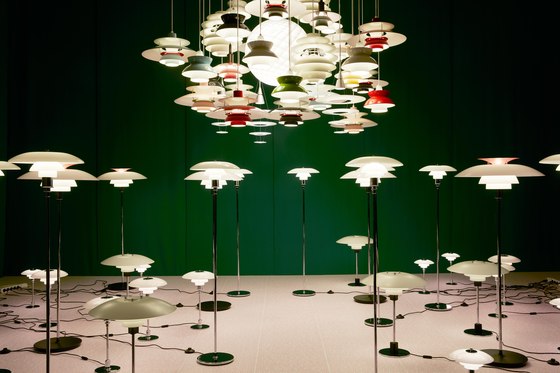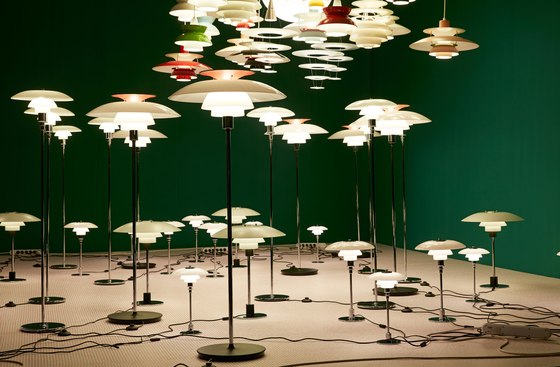For Epalʽs 40th anniversary, Icelandic conceptual artist Haraldur Jónsson was commissioned to create an installation on the shopʽs premises. The installation was opened to the public on October 2nd and will be on view until the end of the year.
Jónsson is no newcomer to the Icelandic art scene, having finished his schooling in Düsseldorf and Paris in the early 1990s. In recent years he is probably best known for his many enigmatic and multilayered installations and photographis series. Many of these works attempt to define the elusive boundaries between such intangible phenomena as sound and silence, light and darkness, being and nothingness. In 2003 Jónsson exhibited a photographic series, featuring a „galaxy“ of disparate lamps, seen in a darkened shop window in downtown Reykjavik. There they seemed to assume the roles of quietly conferring members of an „illuminated“ family, both appealing and unaccessible to the consumer. Jónsson said of his collections of lamps: „I wanted to document them as light chapels, baroque temples of vanity, but also as the temporally lost paradise of the closed light shop.“
These photographs, more than anything else, prompted Epal proprietor Eyjólfur Pálsson to engage Jónsson to create an installation based on a range of lamps manufactured by the Louis Poulsen company, among whose „luminaries“ are designers such as Poul Henningsen, Arne Jacobsen and Louise Campbell.
Haraldur Jónssonʽs installation is located on a slightly inclining stage on Epalʽs second floor, recalling the spatial distortion that one finds in German Expressionistic films. This creates what the artist has described as the „slight dizziness of indecision“ in the mind of the viewer. Two corner walls at the back of the stage are draped with a cloth of thick green baize, a material commonly used on billiard tables. The floor has a covering of the artistʽs so-called „emotional wallpaper“ (2001), paper rolls festooned with closely-printed words in Icelandic and English, all of them adjectives describing emotional states or expressions. Using the green baize as a backdrop, Jónsson then set up a „gathering“ of lamps of different shapes, sizes and brilliance at set points on or above the „emotional“ floor covering, where they seem to confer among themselves, whisper to one another or provide each other with warmth and „elucidation“, in the way that human beings do. Because of its transience, light also creates an undercurrent of melancholy – a staple of Jónssonʽs art as a whole.
Jónsson states that the installation is not „about“ anything specific, rather that it is intended to set off a myriad of thought processes and associations. The backdrop of green baize may be seen as a reminder of the „green pastures“ or nature that we have left behind. The baize also carries with it the atmosphere of the pool room, where we find outlet for our „playfulness“ and risk taking. Furthermore, the pool room is the archetypal smoke-filled back room of film history, where conspiracies are hatched and dark deeds perpetrated. All of these references infuse this specially designed „emotional“ space of Jónssonʽs with mysterious significance.








